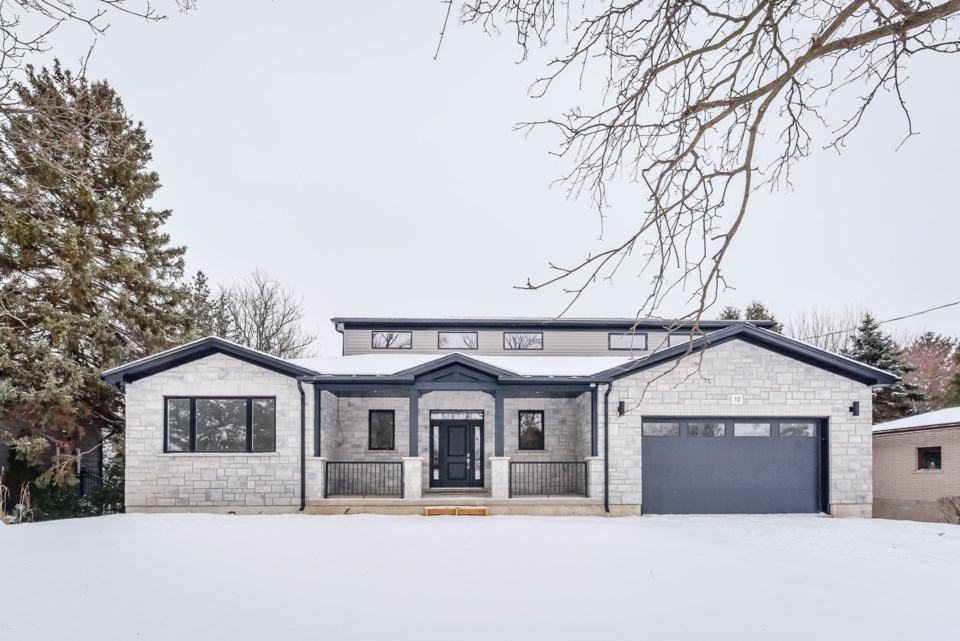There are many factors that determine the annual cost of heating a home during an average Canadian winter. From insulation values to window quality, the type of heating system used to duct efficiency, the fact is that annual costs to heat a standard 2,200 square-foot home can be substantial. As heating prices rise, the long-term benefits of buying a Net Zero home in a cold-climate region begins to make much more sense.
“Obviously a super-insulated home has benefits in the winter,” said David Brix, President of Terra Homes, the leading-name in Net-Zero home construction in Guelph. “Your heating costs are going to be much lower than a code-built house.”
For those not yet familiar with the concept, a Net Zero home is one that employs renewable resources to generate as much energy as it uses, so the net amount of energy required from the local hydro company is zero. There are many factors that contribute to the efficiency of a Net Zero home according to Brix, starting with the heating system.
“The heating system being an air to air heat-pump right sized for the house contributes to a much more comfortable home with even heat distribution,” said Brix. “As part of a Net Zero build we perform a room-by-room heat loss calculation so that we’re getting the right amount of heat into every single room in the house. Typicaly in a home 2,200 square feet or more we’re using a 25,000 BTU furnace, where most homes are using 50, 60 or even 70,000 BTUs. So the furnace is less than half the size of what a typical furnace would be.”
A better heating system requires better ducts, and Terra View’s Net Zero homes are built using the Smart Duct system. Rather than installing the standard rectangular sheet metal ducts, Terra View builds using 2.5-inch round ducts with continuous lines all the way back to the plenums, so there are no leaks within the system. The smaller round ducts also help move the air quicker to the room they are supplying.
“We end up with a mid-velocity fully modulating heating system,” said Brix. “It’s forcing the air through at higher velocity through the smaller ducts. The ducts are also positioned high on the wall. They don’t come out of the floor anymore. They’re up near the ceiling and blowing air toward the windows, as opposed to the old way of the register being located below the glass in the hope the heat rises to the window. You get better heat distribution as a result.”
Superior insulation is another important feature when building in Canadian climates. Terra View’s Net Zero ready homes are highly insulated and extremely air tight using R32 wall construction with two-inch rigid exterior insulation and R60 in the ceilings. However, there’s another important area Terra insulates that helps their homes achieve their Net Zero ratings.
“Obviously we are insulating under the basement floor slab, so we’re making it much more comfortable in the basement. People these days like to use all the space in their house. Unlike the old days where basements were just for storage, basements are now used for living space. You wind up with a much more comfortable home and no cold feet in the basement.”
From triple-pane glass windows to drawing on the limitless power of the sun while minimizing the draw on resources, Net Zero homes provide homeowners with exceptional efficiency no matter what the season. With construction starting in the second phase of Terra View’s Hart Village, now is the time to consider a highly efficient and sustainable Net Zero home.
To learn more about net-zero homes, visit Terra View Homes online at www.terra-view.com.
